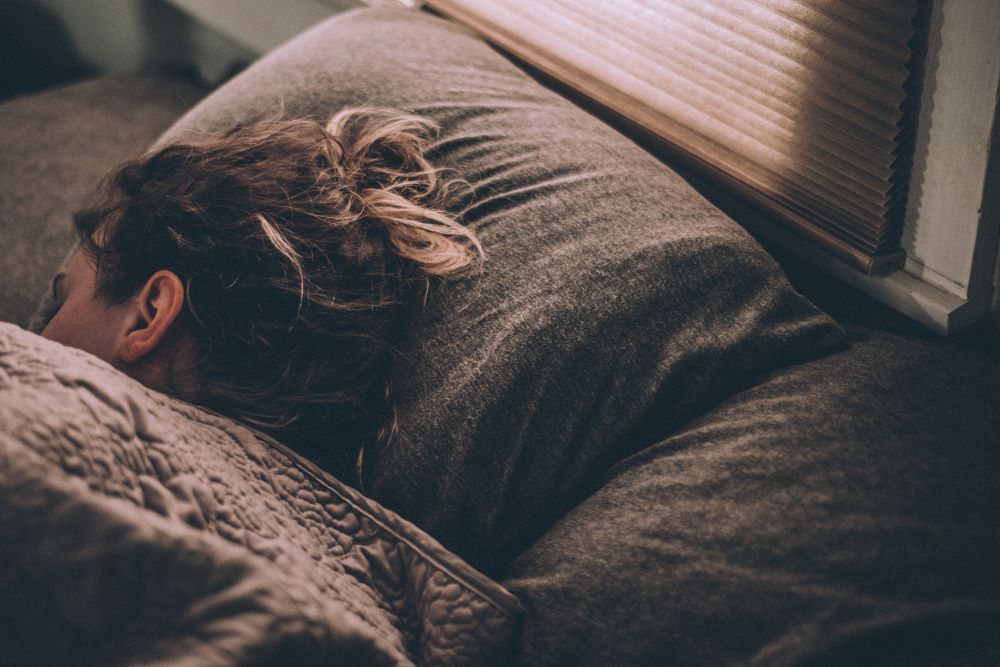How To Clean Your Brain During Sleep
Posted by JOANNA C

As you settled down to sleep last night, you probably weren’t thinking about what position you should rest in to maximize brain power. Research from the last few years says that we don’t really have to think about it; it’s happening naturally!
We know that when we sleep, the brain essentially washes itself and consolidates our memories, but this system of clearing waste from the brain is influenced by the position in which we sleep. By studying MRIs during sleep, researchers focused on the area of the brain where the nightly clean-ups occur: the glymphatic pathway.
Removing waste products and toxins from the brain during sleep is one of the reasons why getting less than the recommended amount of sleep or having fragmented, interrupted sleep can be a risk factor for degeneration. The glymphatic pathway sweeps away waste products through filtering of cerebrospinal fluid which takes the place of the fluid between tissues, called interstitial fluid. It’s the same principle behind the lymphatic system, and the glymphatic system is most active during sleep.
Researchers at Stony Brook University monitored this transport between the two fluids in the brain during sleep in the rodent model while varying sleeping positions from lying on the side, down, or up. Compared to sleeping on the back or the stomach, the most efficient transport and cleaning of the tissues happened when the test subjects were sleeping on their sides.
It turns out that many animals and humans naturally do sleep on their sides, and it’s a good reason to try it out if you aren’t normally a side-sleeper. Just altering which side you lie on can make a difference in terms of blood flow to different organs: lying on the left side puts more stress on the heart, while lying on the right side can regulate the sympathetic nervous system and can be calming.
Don’t worry too much about figuring out your perfect sleeping position—the fetal position we gravitate towards is already built into how humans sleep to take stress of the back and rid the brain of these harmful proteins that can accumulate and cause degeneration. Side sleeping is usually preferred after age 45 as well; which side you prefer is up to you!
Further Reading
Hedok Lee, Lulu Xie, Mei Yu, et al. The Effect of Body Posture on Brain Glymphatic Transport. Journal of Neuroscience, July 2015 DOI: 10.1523/JNEUROSCI.1625-15.2015
Photo by Lux Graves on Unsplash

